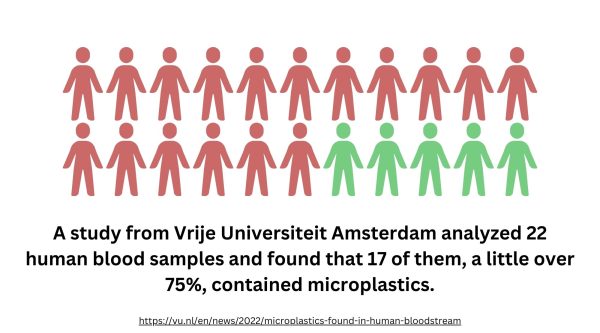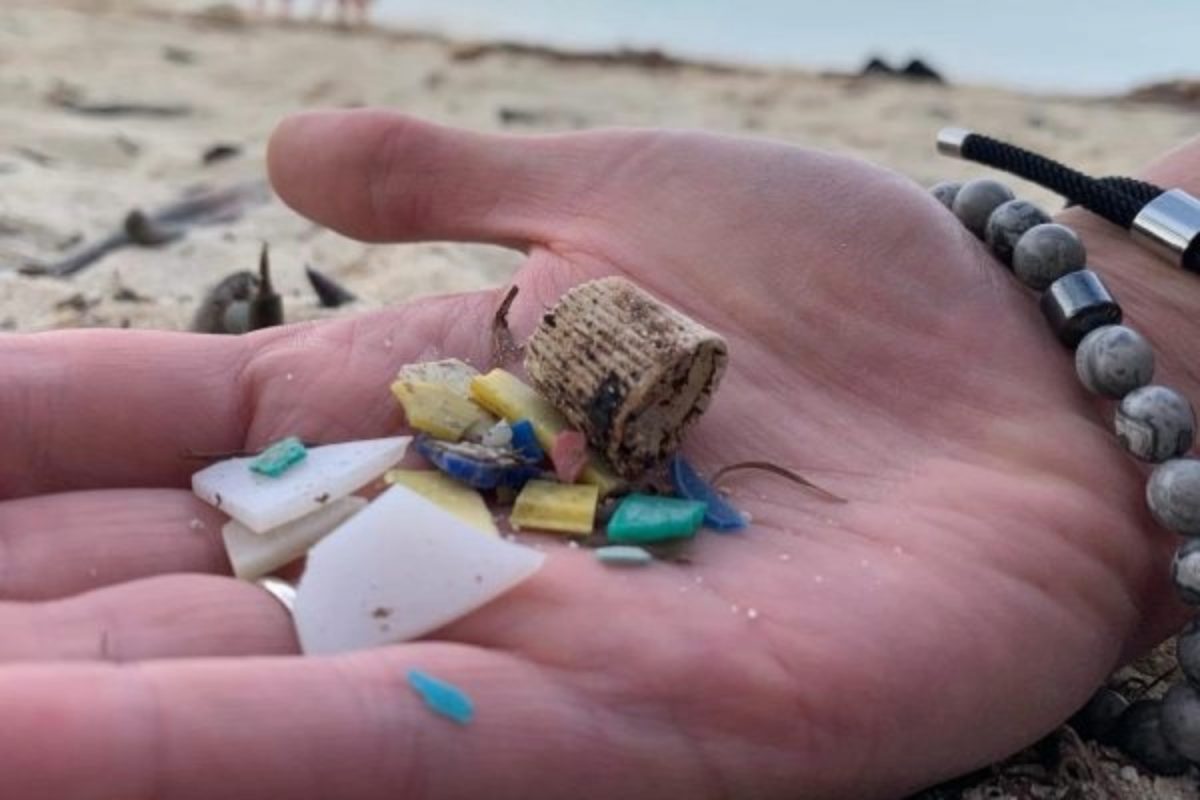Microplastics are in most of the things you consume, from a glass of water to your favorite snack, though you may not even see it.
Microplastics, tiny plastic particles less than five millimeters long, have increasingly been found not only in the ocean but also in living organisms, including humans and food.
Like all plastic items, microplastics do not easily break down. According to National Geographic, decomposing can take hundreds of thousands of years.
Despite its recent appearance, microplastics have become a rising threat to the ecosystem. A study in 2017 by OrbMedia tested 159 water samples from tap and bottled water from 14 different countries. They found that over 80% of all the samples contained microplastics.
“It is such a new territory of research that we don’t have enough data as concrete evidence of long-term effects in humans. But we do know that microplastics are bad for the environment because they supersaturate over time in animals, which ends up congesting them,” said Christian Park, a marine aquatic quarantine specialist for Frost Science. “Those smaller organisms then get consumed by larger predatory organisms, and so on, which then, in turn, get consumed by people.”

Although they may seem nearly invisible, they do find a way to make an appearance in people’s everyday lives. A study by researchers at the Vrije Universiteit Amsterdam in the Netherlands in 2022 analyzed 22 blood samples of anonymous donors, and 17 of them, or a little over 75%, were found to contain microplastics. This study was the first to demonstrate plastic particles in the human bloodstream.
“I live in Pacifica, so my wife, kids, and I go to the beach all the time. We’ve lived there for about six years now, and digging in the sand, you always come across little, tiny pieces of plastic. It’s a big problem,” said Brian Bianchi, a biology teacher at Carlmont. “I would like to see some type of technological process to be made where it could help clean it up even more than just something like a beach cleanup.”
Sophomore Eva Awoyinka is among the people concerned about the looming threat.
“It’s pretty concerning how much of an issue microplastics are becoming,” Awoyinka said. “I think it’s something that some people are aware about, but they aren’t really taking it seriously because it’s not something that immediately affects their lives or themselves.”
Nevertheless, despite the severity of the issue, there are still effective ways to combat it.
“Reducing your usage of plastic products is probably the most effective precaution you can take. The general consensus is that the more plastic usage and consumption that you have, the higher the likelihood you’re going to have of ingesting microplastics. It’s really just anything that you consume or use on a daily basis that involves any kind of packaging or heavy involvement with plastic,” Park said.
Another way people combat the impact of microplastics is by raising awareness.
“As a biology teacher, I try to show this issue in my human impact lessons to my students,” Bianchi said.
Yet microplastics still remain an unfamiliar area of knowledge.
“I don’t think anybody has figured out how to get rid of them yet because it’s such a new problem,” Park said.












